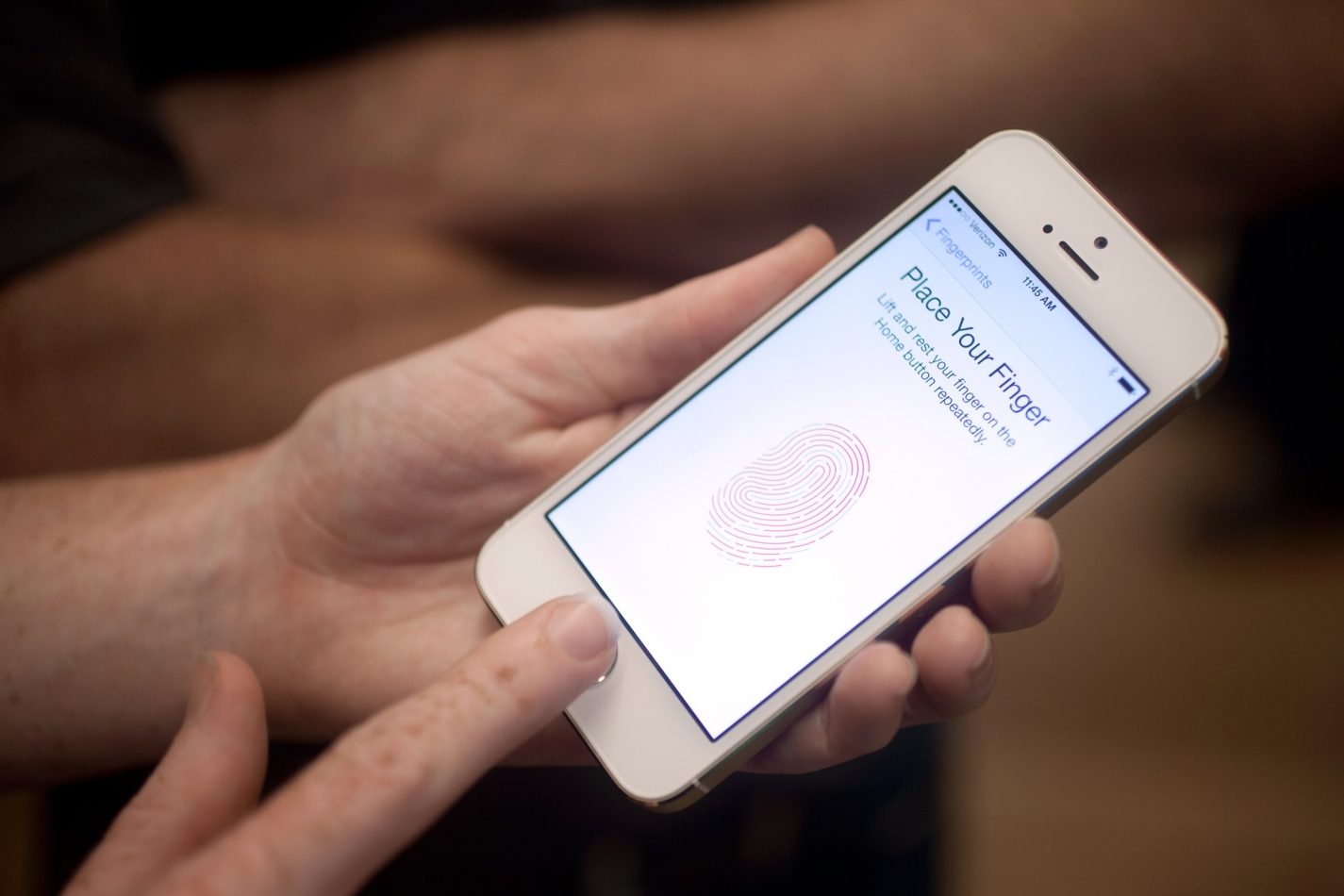Fingerprint Sensor Vs Facial Recognition
The use of fingerprint sensor or facial recognition isn’t new. But both technologies are laudable. Their introduction brought an end to the use of passwords to secure several devices including mobile phones.
So, whether you are trying to get some college homework help on the subject or skeptical on which biometric will be more suitable for your next device, this post will enlighten you.
Fingerprint Sensor: What is it?
Fingerprint sensors are the most popularly used biometric technologies. It is a security tool that replaces the use of passwords among several devices including mobile phones. Fingerprint sensors help to identify and authenticate an individual’s fingerprint to grant access.
The user’s unique fingerprint must be captured and stored in the device’s database. And it doesn’t take much time to scan and store. So, when the scanned finger is placed on the hardware to unlock the device, it automatically checks the database to match the already scanned fingerprint to the database previously recorded to see if there are similarities.
Setting up fingerprint sensor is very simple. You can do it without any technical support, says Stephen Shunk, the ThesisRush.com technical writer. The instructions and steps to follow have already been laid out on your device. The fingerprint sensor, on the other hand, has its advantages and disadvantages which one also need to find out. Let’s talk about them.
Advantages of Fingerprint Sensor
• The fingerprint sensor is secure and unique. It saves users from the stress of using passwords to lock and unlock their devices and applications. It is also easy and quick to set up.
• The fingerprint sensor technique has a high accuracy, and requires small storage space for the biometric template. It is very reliable technology to secure devices.
• Popularly used for identification and authentication for various devices. And unlike facial recognition, requires user’s consent.
• It has high distinctiveness compared to facial recognition. Everyone has unique fingerprints, even in identical twins.
• The fingerprint sensor has higher stability and permanence. No matter your age, you can access your device using fingerprints.
• The fingerprint sensor is not easy to spoof. In fact, you cannot guess the fingerprint pattern of a person the same way you guess passwords. It is difficult to fake because each person has a unique fingerprint.
Disadvantages of Fingerprint Sensor
• Fingerprint sensor does not consider when an individual physically changes. Our finger can change size or pattern. But unfortunately, the fingerprint sensor isn’t developed to consider those changes. Change in fingerprint patterns can prevent an individual from gaining access to the device. In fact, industry workers that work with their bare hands might end up scratching or damaging their fingerprints in the process. And it will be impossible to gain access to the device once this happens.
• Most individuals don’t have fingerprints, so the technology is useless to them.
• The fingerprint of a person can be extracted from the surface of another such as drinking glasses and used to access the device.
• Fingerprint sensor’s acceptability is low compared to other biometrics like facial recognition.
Facial Recognition: How Does it Work?
The development of mobile devices with quality cameras has made the use of facial recognition possible. The Face ID technology in the iPhone X is a perfect example. Using the phone’s camera, users can gain access to their device through faceprint.
Facial recognition is different biometric software from the fingerprint sensor. It maps the facial features of the user mathematically, and stores the data collected as a faceprint.
The facial recognition software works by identifying 80 nodal points (endpoints that the device uses to measure variables of an individual’s face, length of the nose, cheekbone’s shape, and others) on the individual’s face. It captures an individual’s face (nodal points) and stores the data as a faceprint.
The facial recognition software might be using only 80 nodal points, but can accurate identity a person when conditions are favourable. Just like seeking dissertation help online without an internet connection, facial recognition may not give good result in low light conditions. Let’s find out the advantages and disadvantages of using this technology.
Advantages of Facial Recognition
• Facial recognition is non-intrusive. You don’t have to make contact to gain access into your device. All you need is to look into the camera and let the software scan to match the image captured to the one stored.
• Facial recognition is fast and less stressful. It identifies and grants access with high-speed.
• Facial recognition is software based. Unlike fingerprint sensors that requires both hardware and software.
• Facial recognition has a high acceptability level.
• It has a high universality. Every human has facial features, but not everyone has fingerprints.
Disadvantages of facial recognition
• A larger template size is required.
• Accuracy is low compared to the fingerprint sensor
• Facial characteristics of one individual may be similar to another, e.g. twins.
• It has low stability and permanence compared to fingerprint sensor, as age can affect the reading.
Conclusion
The fingerprint sensor and facial recognition have made securing our devices much easier. Both technologies have their advantages and disadvantages. And by comparing both, one can make an informed decision. In a nutshell, they are both easy to understand, setup and use.


